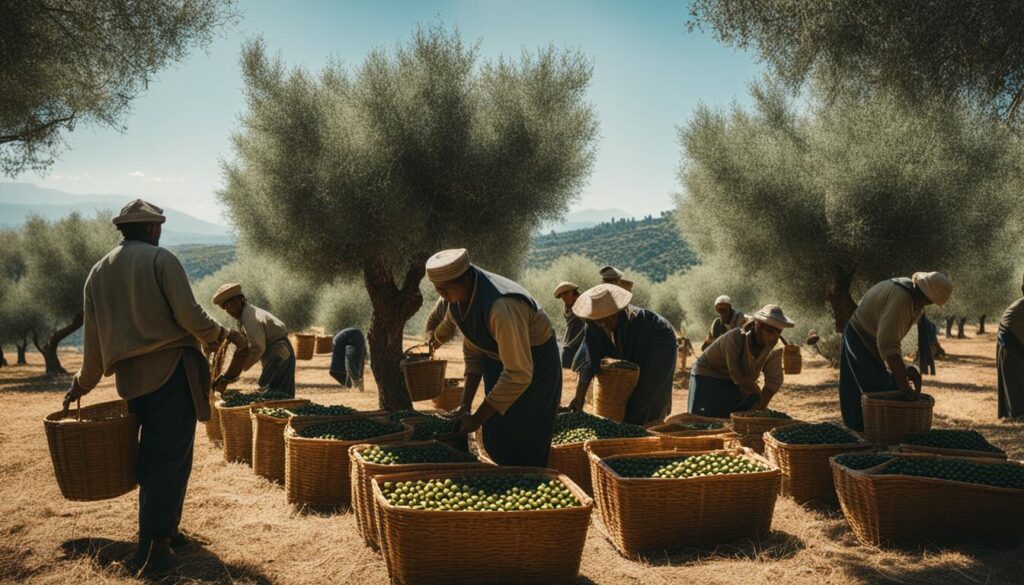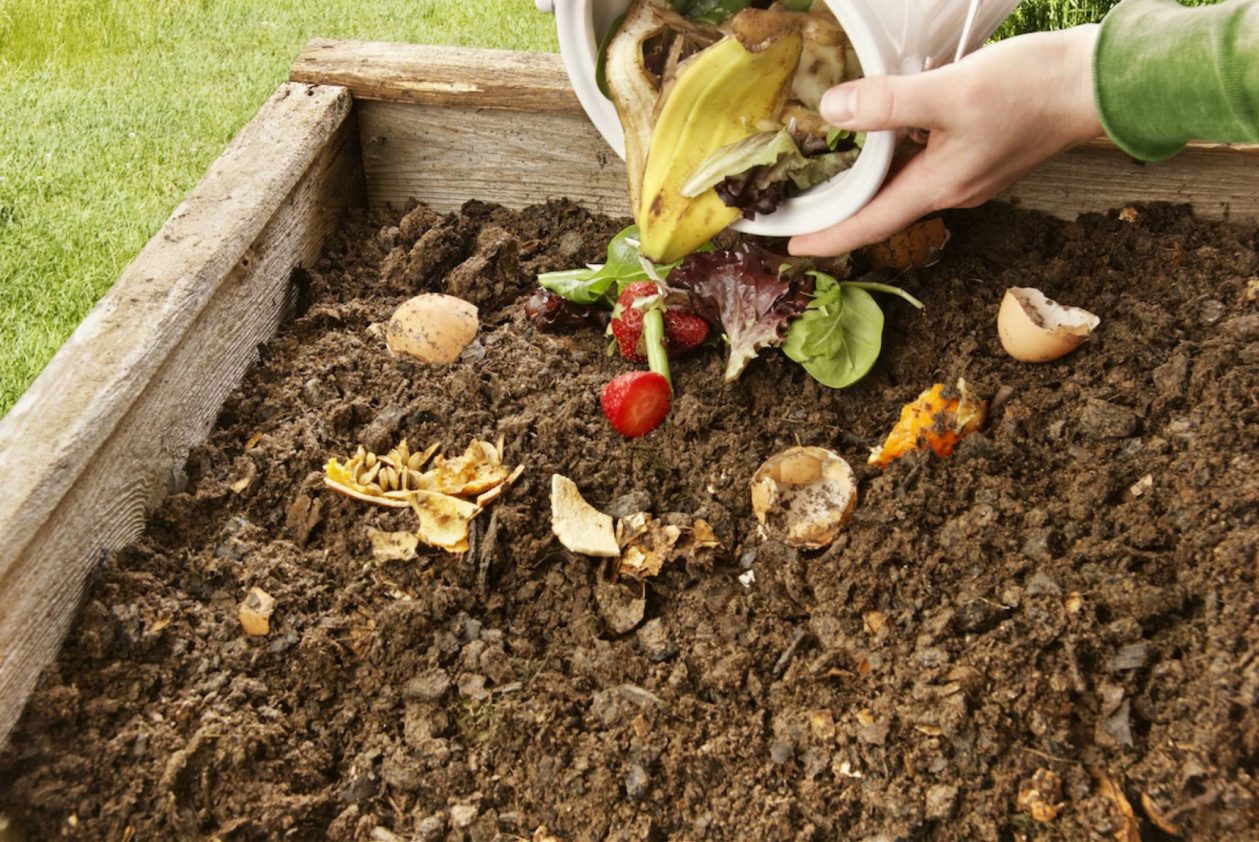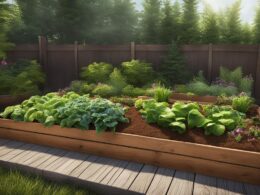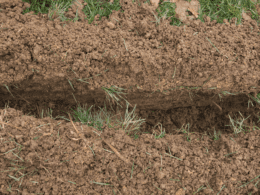Growing Olive Trees
Growing olive trees can be a rewarding experience, whether you choose to cultivate them in containers indoors or plant them in the ground outdoors. Olive trees thrive in zones 8 to 11, making them suitable for various climates. When growing indoors, it is important to provide them with sufficient sunlight. Placing your olive tree near a sunny window will meet their sunlight requirements. If you decide to plant them outdoors, ensuring that the soil is well-drained is crucial for their health and growth.
Table: Olive Tree Zones and Planting Options
| Indoors | Outdoors |
|---|---|
| Sunny window | Well-drained soil |
| Container | Zone 8 to 11 |
In colder climates, it is recommended to pot up your olive trees and bring them indoors during cold temperatures. This will help protect them from freezing temperatures and ensure their survival. By growing olive trees in containers, you also have the flexibility to move them around and position them in the best location for optimal growth. Whether you choose to grow olive trees indoors or outdoors, providing them with the right conditions will result in healthy and productive trees.
By following these tips, you can successfully grow olive trees and enjoy the beauty and benefits they offer. In the next section, we will explore the essential care requirements for olive trees, including watering, fertilizing, and pruning techniques. Stay tuned to learn how to keep your olive trees healthy and thriving.
Caring for Olive Trees
Proper care is essential to ensure the health and productivity of your olive trees. Here are some key aspects of olive tree care:
Watering Schedule
Olive trees require a regular watering schedule to thrive. It is recommended to water your trees once or twice weekly, depending on the weather conditions and soil moisture. Before watering, check the moisture level of the soil by inserting your finger about two inches deep. If the soil feels dry at this depth, it’s time to water. Remember to water deeply, allowing the water to penetrate the root zone.
Soil and Fertilizing
Well-drained soil is crucial for olive trees. They prefer soil with good drainage and a pH level between 6 and 8. If your soil is heavy and clayey, you can improve drainage by adding organic matter such as compost. Fertilizing olive trees twice a year, in spring and early fall, with a high-nitrogen blend will promote healthy growth and increase the chances of a bountiful harvest. Follow the manufacturer’s instructions to determine the appropriate amount of fertilizer to use.
Pruning and Pest Control
Pruning olive trees is relatively simple and should be done to maintain their shape, promote air circulation, and remove dead or diseased branches. It is best to prune olive trees after they have finished blooming. When pruning, make clean cuts just above a bud or lateral branch. Regularly inspect your trees for pests and diseases, such as scale insects, aphids, or fungal infections. Use natural insecticidal soap or BioNeem to control these pests and diseases, following the instructions on the product label.
Summary
Proper care for olive trees includes following a watering schedule, providing well-drained soil, fertilizing twice a year, and pruning to maintain their shape and health. Regular inspections and appropriate pest control measures are also important to prevent and manage pests and diseases. By giving your olive trees the care they need, you can enjoy a thriving and productive olive grove.
| Aspect | Care Recommendations |
|---|---|
| Watering | Water once or twice weekly, depending on soil moisture. Check soil moisture by finger test. |
| Soil and Fertilizing | Use well-drained soil with a pH level between 6 and 8. Add organic matter to improve drainage. Fertilize twice a year with high-nitrogen blend. |
| Pruning | Prune after blooming to maintain shape, promote air circulation, and remove dead or diseased branches. Make clean cuts just above a bud or lateral branch. |
| Pest Control | Regularly inspect for pests and diseases. Use natural insecticidal soap or BioNeem to control pests like scale insects and aphids. |
Harvesting Olive Trees
Harvesting olives can be an exciting and rewarding process, allowing you to enjoy the fruits of your labor. The timing of the harvest is crucial as it determines the flavor and quality of the olives. While the exact harvest time varies depending on the olive variety and geographical location, there are general indicators to look for.
One key sign that olives are ready for harvest is a change in color. As the olives ripen, they transition from a vibrant green to a brownish-purple shade. This color change indicates that the fruit has reached its peak maturity and is ideal for harvest. It’s essential to monitor the color of the olives closely to avoid harvesting them too early or too late, as this can affect the taste and texture.
Once the olives are picked, they require curing to remove their natural bitterness. Curing methods vary, but the most common techniques involve soaking the olives in brine or saltwater solutions. This process can take several weeks to months, depending on your preferred level of bitterness. After curing, the olives can be enjoyed in various ways. They can be used as a delicious snack, added to salads and pasta dishes, or pressed to extract flavorful olive oil.
Curing Methods for Olives
Here are a few popular methods for curing olives:
- Brine Curing: This method involves submerging the olives in a saltwater solution. The olives are soaked for several weeks, with the water changed regularly to remove bitter compounds.
- Water Curing: In this method, the olives are soaked in water, changing it daily to leach out the bitterness. This process can take up to several weeks.
- Dry Curing: Olives are coated in salt and left to dry in a single layer for several weeks. The salt draws out the moisture, intensifying the olive flavor.
After curing, you can savor the delicious and versatile olives or use them to make your own olive oil. Making olive oil involves pressing the cured olives to extract their valuable oils. This process typically requires special equipment, such as an olive press or mill. The extracted oil can be used for cooking, drizzling over dishes, or even as a luxurious ingredient in skincare products.
| Harvest Time | Color | Curing | Olive Oil |
|---|---|---|---|
| Varies by variety and location | Brownish-purple | Needed to remove bitterness | Pressing the cured olives |
Selecting Your Olive Tree
When it comes to growing olive trees, selecting the right variety is crucial. Two popular choices among olive enthusiasts are the Arbequina and Greek Koroneiki. These varieties offer unique characteristics and flavors that can enhance your olive-growing experience.
The Arbequina olive tree is a favorite among many due to its small size and high fruit yield. It is known for producing small, flavorful olives that are perfect for snacking or making olive oil. This variety is also relatively easy to grow and adapts well to different climates.
The Greek Koroneiki olive tree, on the other hand, is prized for its high-quality olive oil production. This variety is known for its small yet abundant fruits that are rich in oil content. The Greek Koroneiki olive oil is highly regarded for its fruity and peppery flavor profile, making it a favorite among olive oil connoisseurs.
| Variety | Characteristics | Flavor |
|---|---|---|
| Arbequina | Small size, high fruit yield | Flavorful, ideal for snacking or making olive oil |
| Greek Koroneiki | Abundant fruit production, high oil content | Fruity, peppery flavor, excellent for olive oil |
When deciding on the variety of olive tree to grow, consider factors such as your preferred use for the olives, the climate of your region, and the available space for cultivation. Both the Arbequina and Greek Koroneiki are excellent choices for olive enthusiasts, providing delicious fruits and the opportunity to create your own homemade olive oil.
Trees Similar To Olive Trees: Faux Olive Trees for Interior Design
While growing real olive trees can be a rewarding experience, not everyone has the time or resources to care for live plants. That’s where faux olive trees come in. These artificial trees provide the look of fresh olive trees without the need for maintenance. Whether you’re looking to add a touch of nature to your living room or create a stylish focal point in your space, faux olive trees can be a perfect choice.
One of the advantages of faux olive trees is their realistic appearance. They are designed to mimic the look of real olive trees, with detailed leaves and branches that closely resemble the natural plant. You can find faux olive trees in various sizes, ranging from small tabletop versions to larger statement pieces. This allows you to choose a size that fits well in your space and complements your interior design style.
“Faux olive trees offer the perfect solution for those who want the beauty of olive trees without the hassle of maintenance.” – Interior Design Expert
When shopping for faux olive trees, it’s important to consider the quality and durability of the artificial plant. Look for best sellers from reputable brands and retailers like McGee & Co., Pottery Barn, Walmart, World Market, Target, West Elm, and Nearly Natural. These brands are known for their high-quality faux plants that are designed to last.
| Brand | Realism | Price Range |
|---|---|---|
| McGee & Co. | High | $100-$300 |
| Pottery Barn | Medium | $50-$200 |
| Walmart | Low | $20-$100 |
| World Market | Medium | $30-$150 |
| Target | Medium | $40-$200 |
| West Elm | High | $100-$300 |
| Nearly Natural | Medium | $50-$150 |
As you can see from the table, the price range for faux olive trees varies depending on the brand and the level of realism. Higher-end brands like McGee & Co. and West Elm offer more realistic options with a higher price tag, while budget-friendly options can be found at Walmart and Target. Consider your budget and desired level of realism when choosing a faux olive tree for your space.
Incorporating these alternative trees into your landscape can add variety and visual interest to your outdoor space. Consider the unique characteristics and care requirements of each tree to find the perfect fit for your preferences and environment.
Conclusion
In conclusion, exploring trees similar to olive trees can provide a wide range of options for both landscaping and interior design. Whether you are looking to enhance your outdoor space or add a touch of greenery to your home, there are alternatives available that suit your preferences and needs.
Olive trees themselves are versatile and relatively easy to grow and care for. With the right conditions, you can enjoy their beautiful foliage and even harvest your own olives for various culinary purposes. Whether you choose to plant them in containers indoors or in your garden, olive trees can be a rewarding addition to your landscape.
On the other hand, if you’re looking for a low-maintenance option for your interior design, faux olive trees are an excellent choice. These artificial trees offer the realistic look of fresh greenery without the need for watering or pruning. With a variety of sizes and price ranges available, you can find the perfect faux olive tree to complement your living space.
Whether you opt for real olive trees or faux alternatives, both landscaping and interior design can benefit from the presence of these trees. They add a touch of nature and style to any setting, creating a calming and beautiful ambiance. So, consider trees similar to olive trees for your landscaping and interior design projects, and enjoy the beauty and versatility they bring.
FAQ
Can olive trees be grown indoors in containers?
Yes, olive trees can be grown in containers indoors.
What zones are suitable for planting olive trees outdoors?
Olive trees can be planted outdoors in zones 8 to 11.
What are the sunlight requirements for indoor olive trees?
Indoor olive trees can thrive with sufficient sunlight from a sunny window.
What type of soil is important for planting olive trees outdoors?
Well-drained soil is essential for planting olive trees outdoors.
How should I care for my olive trees during cold temperatures?
It is recommended to pot up your olive trees and bring them indoors during cold temperatures.
How often should olive trees be watered?
Olive trees generally require a regular watering schedule of once or twice weekly.
How can I determine when to water my olive trees?
It is important to check the soil moisture before watering your olive trees.
How should I fertilize my olive trees?
Olive trees can be fertilized twice yearly with a high-nitrogen blend for bigger harvests.
How should I prune my olive trees?
Pruning olive trees involves thinning out young plants and trimming branches after blooming.
What is a common disease for olive trees and how can it be eliminated?
Scale is a common disease for olive trees, but it can be eliminated with natural insecticidal soap or BioNeem.
How can I tell when olives are ready to harvest?
The color change to a brownish-purple shade generally indicates that olives are ready for harvest.
How can I remove bitterness from harvested olives?
Harvested olives can be cured to remove bitterness.
What can harvested olives be used for?
Harvested olives can be used for snacking, cooking, or making olive oil.
What equipment may be required to make olive oil?
The process of making olive oil may require special equipment.
What are some popular olive tree varieties to choose from?
Customer-favorite olive tree varieties include Arbequina and Greek Koroneiki.
Are there options for faux olive trees for interior design?
Yes, faux olive trees have become a popular choice for interior design, offering the look of fresh greenery without the need for maintenance.
Where can I find faux olive trees?
You can find faux olive trees at various brands and retailers such as McGee & Co., Pottery Barn, Walmart, World Market, Target, West Elm, and Nearly Natural.
Are there alternative trees similar to olive trees for landscaping?
Yes, there are alternative trees for landscaping such as Euphorbia Ammak, Cyathea cooperi, Ficus elastica, Lady Palm, Trichilia emetica, Monstera Deliciosa, and Pachira Aquatica.
What are some factors to consider when selecting an olive tree variety?
It is important to research the different olive tree varieties and select the one that best suits your preferences and growing conditions.
What options do I have for trees similar to olive trees for landscaping or interior design?
Exploring trees similar to olive trees provides options for both landscaping and interior design. Olive trees can be grown and cared for with relative ease, while faux olive trees offer a low-maintenance alternative for adding a touch of greenery to any living space.
What Are Some Indoor Plants Similar to Olive Trees That I Can Grow?
Looking to add some greenery to your living space? Consider growing indoor olive tree plants like the African olive tree or the Arbequina olive tree. These plants can thrive in indoor environments, adding a touch of Mediterranean charm to your home decor.












